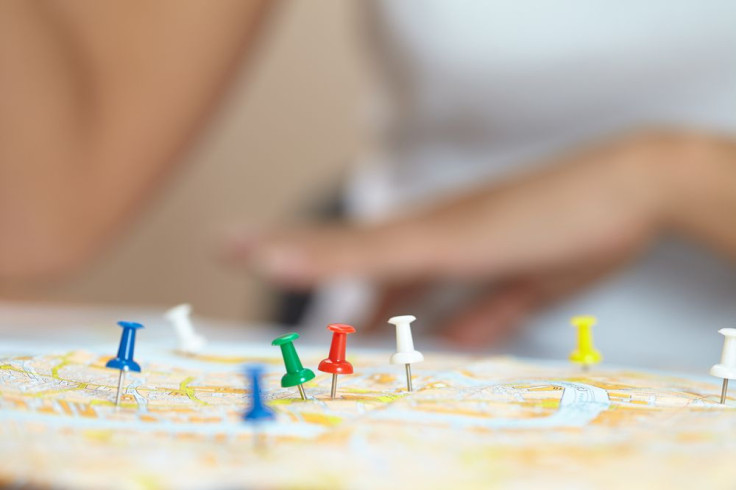Eureka! This Is The Brain During An 'Aha!' Moment

Ever wonder what causes those “aha!” moments? A new study from the University College London (UCL) points to the brain’s grid cells.
Prior studies have shown these grid cells can map the local environment, “acting as a coordinate system to measure distances between places;” it’s often referred to as the internal GPS. Since it wasn’t quite clear whether these grid cells form a single map for two areas or an individual map for each area, researchers conducted research on rats to expand upon the idea of “mental maps.”
“Grid cells tell us how far we've walked and in what direction,” Dr. Caswell Barry, senior study author and fellow at UCL Cell & Developmental Biology, said in a press release. “This information can be used by place cells to populate our mental maps. If the maps remain separate, then it is not possible to relate the places they contain.”
Researchers placed rats in identical compartments linked by a corridor — and while rats were navigating each compartment, they monitored their grid cell firing patterns via the electrodes implanted in each rat’s entorhinal cortex. The Guardian reported this records the activity of individual neurons.
By studying these patterns, researchers could visualize the rats’ grid cell activity, thus their mental maps. While the rats’ grid cells initially formed two similar maps, they eventually, after some time, formed a single, continuous map to help navigate the two compartments. Researchers suggest when rats understand their geographical relationship between two distinct areas, “their individual local maps become part of a larger, global map.”
"We've shown what happens in the brain when you realize how two spaces are connected," said Dr. Francis Carpenter, first study author and doctoral candidate at UCL Cell & Development Biology. "It wasn't clear before whether grid cells would form a single map for both spaces or keep separate maps. Having these two spaces on a single map means you can plan how to travel between them and suggests that grid cells play a role in large scale navigation, something we'd like to explore further."
Barry added the study’s findings show as rats move between areas, “grid cells link everything up.” And according to The Guardian, this shows promise for humans, too.
The outlet concluded: "...becoming aware of the short walk between two tube stations could merge two distinct neural maps of these different locations into a single global map of the wider area – perhaps enabling commuters to plan journeys more wisely in the future.
Source: Carpenter F, et al. Grid Cells Form a Global Representation of Connected Environments. Current Biology. 2015.



























